As people age, their preferences, senses and mobility change. They face new challenges with daily activities such as eating, showering and moving around. Hence, the interior design detailing of community centers for seniors must address these issues.
Even seemingly small tweaks and changes to the design can make a world of difference in seniors’ quality of life.
Let’s get started.
Table of Contents
Introduction
Peoples’ mobility, inclinations and senses can undergo significant changes as they start ageing.
Interior detailers need to ensure that all their physical, emotional and mental needs are met. Today, BluEntCAD will outline a few elements to bear in mind for the interior design drafting and detailing for community centers for senior citizens.
1. A Higher Quality of Life
For maximum wellbeing, community centers need to make residents feel at home.
There should be a focus on interior detailing options, such as colors, finishes, placement of furniture, artwork and materials. This can affect the mood, mobility, and general comfort of the residents.
Some other interior detailing options that can make people feel at home are fireplaces, intimate seating areas, live plants, large windows and high ceilings.
Here are a few things to keep in mind for senior living interior design:
-
Neighborhoods:
Whether the interior design detailing is for a standalone building or a community with numerous housing options, many seniors prefer a “neighborhood” feel. Each distinct neighborhood is made up of 8 to 20 residential apartments or rooms. It might include common areas that encourage interaction and help prevent isolation, such as sitting rooms, spas, kitchens, dining rooms, patios and gardens.
-
Keeping the mind active:
Research suggests that people who are cognitively active are less likely to develop dementia and Alzheimer’s disease than those who are not. Therefore, more senior living communities are incorporating spaces that challenge the mind in some way. These spaces can include computers, amenities for hobbies, and games.
-
Fitness:
Fitness centers or spaces can include therapy pools, cardiovascular equipment, weights, and more.
-
Dining options:
Who doesn’t like a variety of good food? From formal dining rooms to casual bistros, incorporating dining areas into your interior design detailing is always a good idea. There has also been a trend of including open kitchens, which can be used for group cooking sessions.
2. Safety First
All senior living interior design should prioritize the safety of the residents. Furthermore, this must be balanced with how well all the staff can perform.
Accessibility in and around the facility is also important.
- Elderly people often perceive waxed or tiled floors as wet, whether or not they actually are. This can make them unsteady and result in slips and falls. Hence, many community centers are minimizing the use of tiled and waxed flooring, opting for non-glare flooring instead.
- Because many senior people tend to shuffle their feet, it is important to include smooth transitions to avoid slips. For this, opt for products that eliminate transition strips. For example, carpets and sheet vinyl can be chemically welded at the seams.
- Corridors and paths should be wide, free of obstacles, as short as possible, and include built-in seating as well as hand rails and lean rails. Avoid dead ends – end points should ideally be destinations such as the dining room or another common room.
- Doors that lead directly outside should be placed in convenient locations, such as in living rooms. On that note, consider wider door openings, beds and bariatric lifts for residents who are on the heavier side.
- All these elements should be accurately included in the architectural construction drawings.
3. Acoustics and Lighting
A quiet environment will help reduce anxiety, stress, and confusion for residents, visitors and staff. Acoustics can be balanced with instructional designs.
Examples of good acoustics:
- Acoustic ceilings with noise-reduction coefficients.
- Acoustic wall panels that reduce reverberations. For example, in dining rooms.
- Suspended acoustic panels or ceiling clouds. For example, in lobby areas where there is often hard surface flooring.
- Carpets can help muffle loud noises in some rooms.
Appropriate lighting options are also required for safety and comfort. Furthermore, natural light aids vision and has been linked to increased health.
Examples of good lighting:
- Install at least one window in every residential room.
- One window per resident is a good minimum for semi-private rooms.
- Consider skylights and half walls.
- Ambient lighting, which will help eyes adjust from one space to another.
- Ensure that light fixtures do not hum or flicker.
- Window shades should reduce glare and provide diffused lighting.
- Hallway lighting should be positioned away from residential doors so that sleep cycles are not interrupted.
- Wall paint should fall within a certain light reflective value (LRV) range, ideally between 40 to 60. The higher the number, the more light reflected.
4. Finishes
Many older people see 10% less color saturation than younger people. Colors can also appear more yellow to them due to yellowing of the eye lens.
The finishes you incorporate in your senior living interior design can affect the moods of the inhabitants.
- Green and blue wavelengths are easier to perceive and are soothing.
- Soft colors can be difficult to discern, so it may be best to avoid pastels.
- Go for subtle, non-confusing patterns on coverings and carpets. Avoid large floral patterns and hard edge strips.
- Walls, floors, stairs and landings should not be of similar colors. They should be contrasting. This will help reduce confusion and falls.
- Select colorful artwork that will add some liveliness in common areas.
5. The Right Furniture
Furniture in senior living community centers should be comfortable, durable, and easy to get into and out of. Furthermore, their layout should encourage safe motion, whether the residents are in wheelchairs, use walkers, or can walk on their own.
To ensure proper layout, you can consider 3D interior rendering to get an idea of what the space will look like.
- Choose chairs with sturdy arms that will allow people to lift themselves into a standing position.
- Furniture should have firm seat cushions.
- Benches should always have arms and back supports.
- Furniture textiles for elderly people should ideally have a wear surface of at least 90,000 double rubs. This is to reduce the spread of disease and increase the lifetime of the fabric.
- For dementia patients, square tables are better than round ones. This is because they provide defined edges and spaces.
- Consider contrasting edge bands for tables. These will let people know that there is a color change from the floor to the edge of the table, which helps to minimize spills.
6. Don’t forget the staff
When working on interior details for the community center, architects need to focus on creating areas for employees where they can relax during their breaks.
From bedrooms to kitchens and to outdoor patios, it should all fall under the interior detailing services.
Conclusion
A community center for senior residents should not feel like a hospital or hotel, but a home. Paying appropriate attention to the interior design detailing will help achieve this. We hope this article has given you an idea of where to start.
If you require interior detailing services, BluEntCAD is just a click away. We have been serving the AEC industry since 2003 and take a client-centric approach to all our work. Home designers, large architectural and engineering firms, retail chains, commercial architects, and real estate developers all fall under our client list.
Want to take your architectural project to the next level with interior design detailing services? Contact us now!
Maximum Value. Achieved.




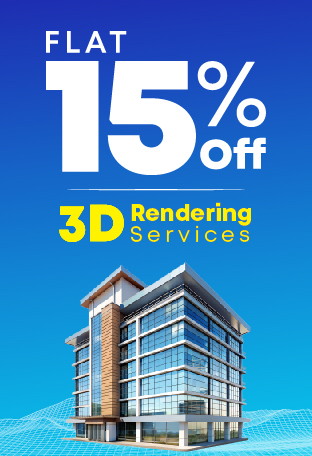


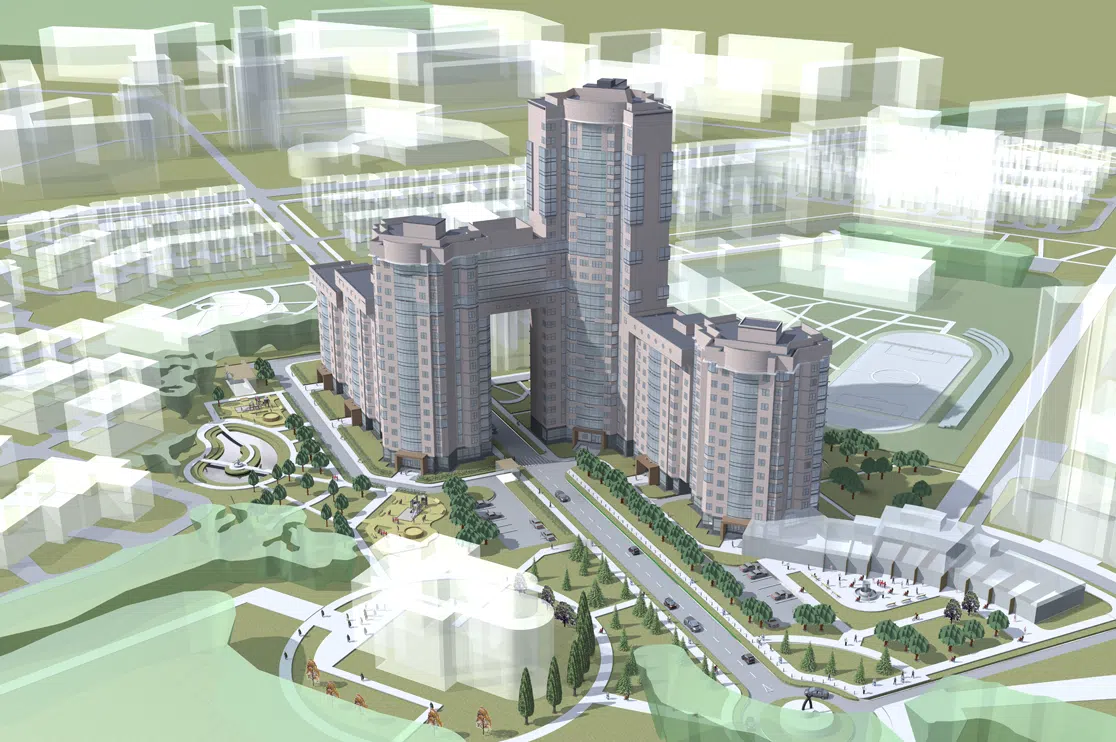 Architectural Rendering: Revolutionizing Urban Planning for Future Cities
Architectural Rendering: Revolutionizing Urban Planning for Future Cities 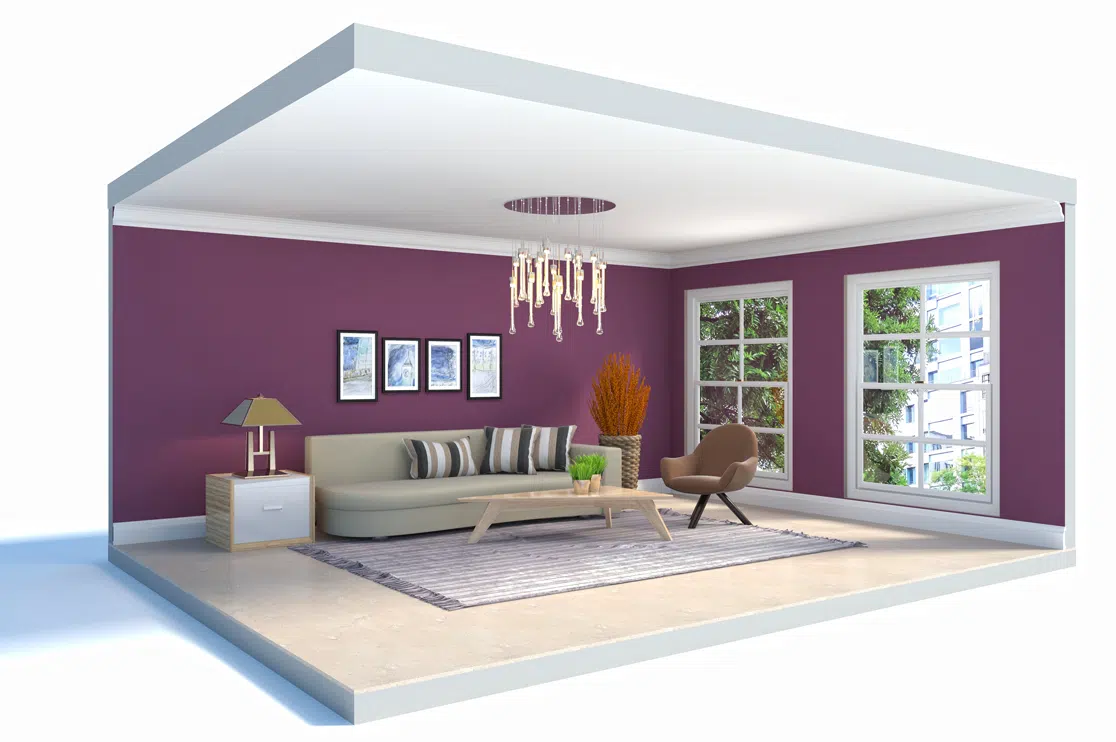 Real Estate Virtual Staging: Avoid These Mistakes to Sell Your Home Fast (With Pro Tips)
Real Estate Virtual Staging: Avoid These Mistakes to Sell Your Home Fast (With Pro Tips) 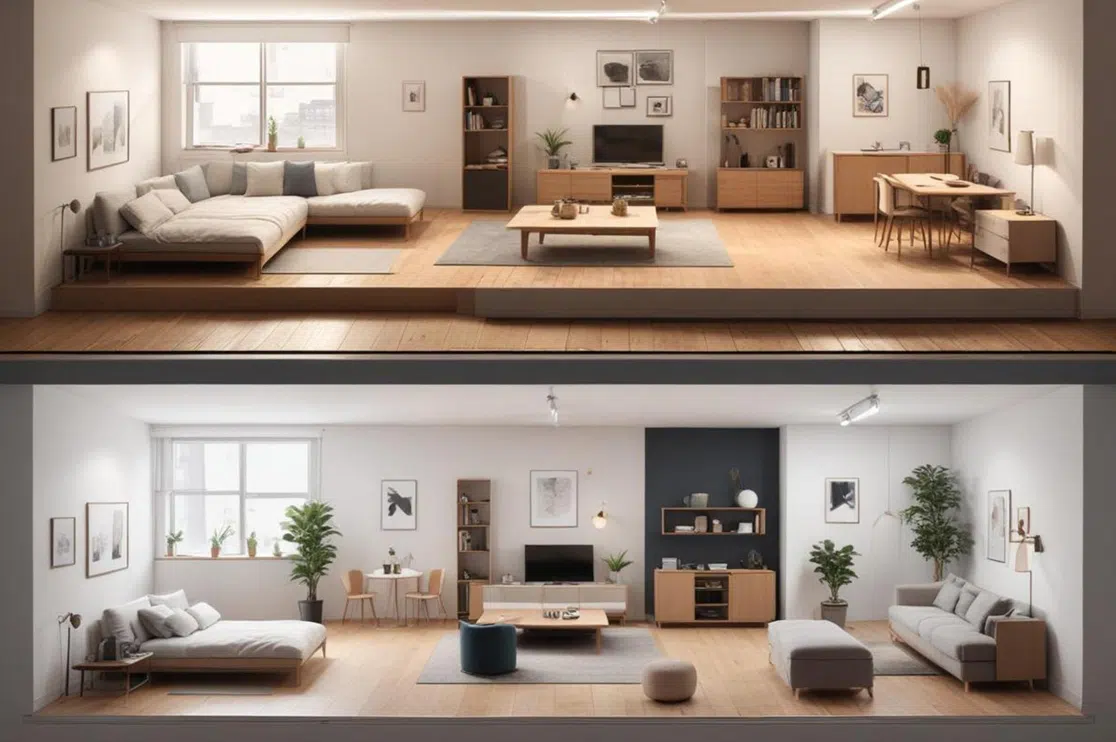 How Does 3D Rendering Help with Virtual Staging a House for Sale?
How Does 3D Rendering Help with Virtual Staging a House for Sale? 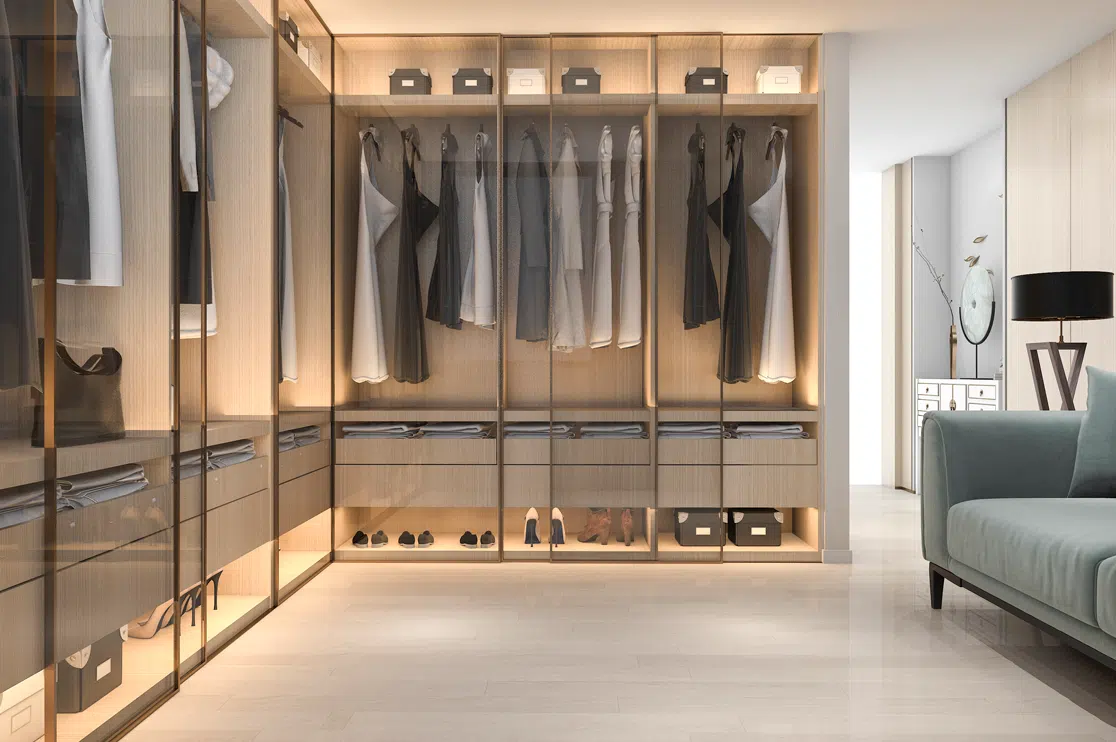 Best 3D Custom Wardrobe Designs for Your Bedroom
Best 3D Custom Wardrobe Designs for Your Bedroom